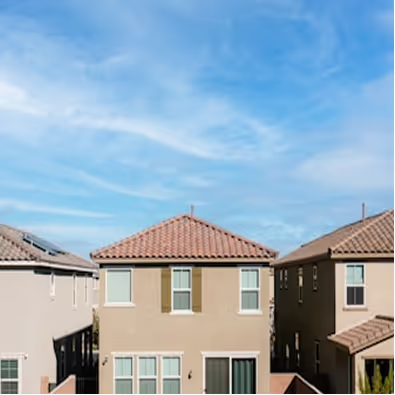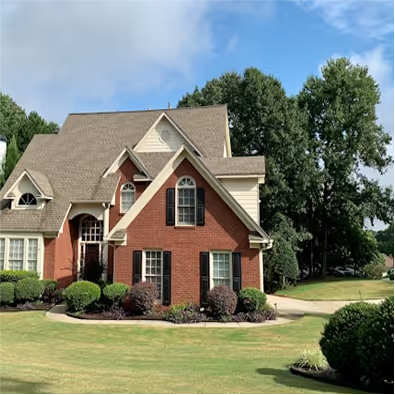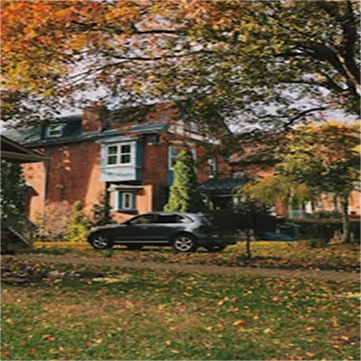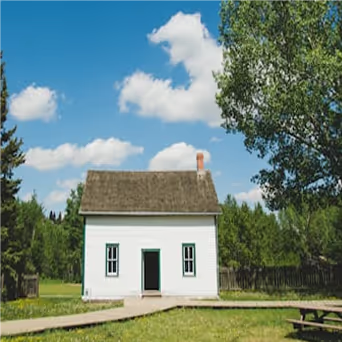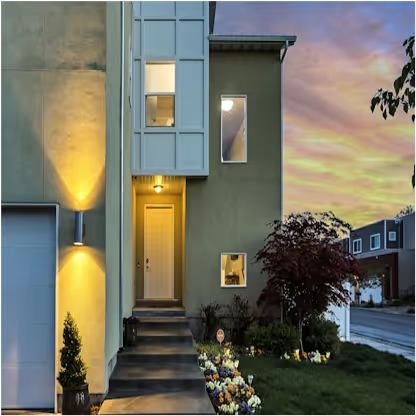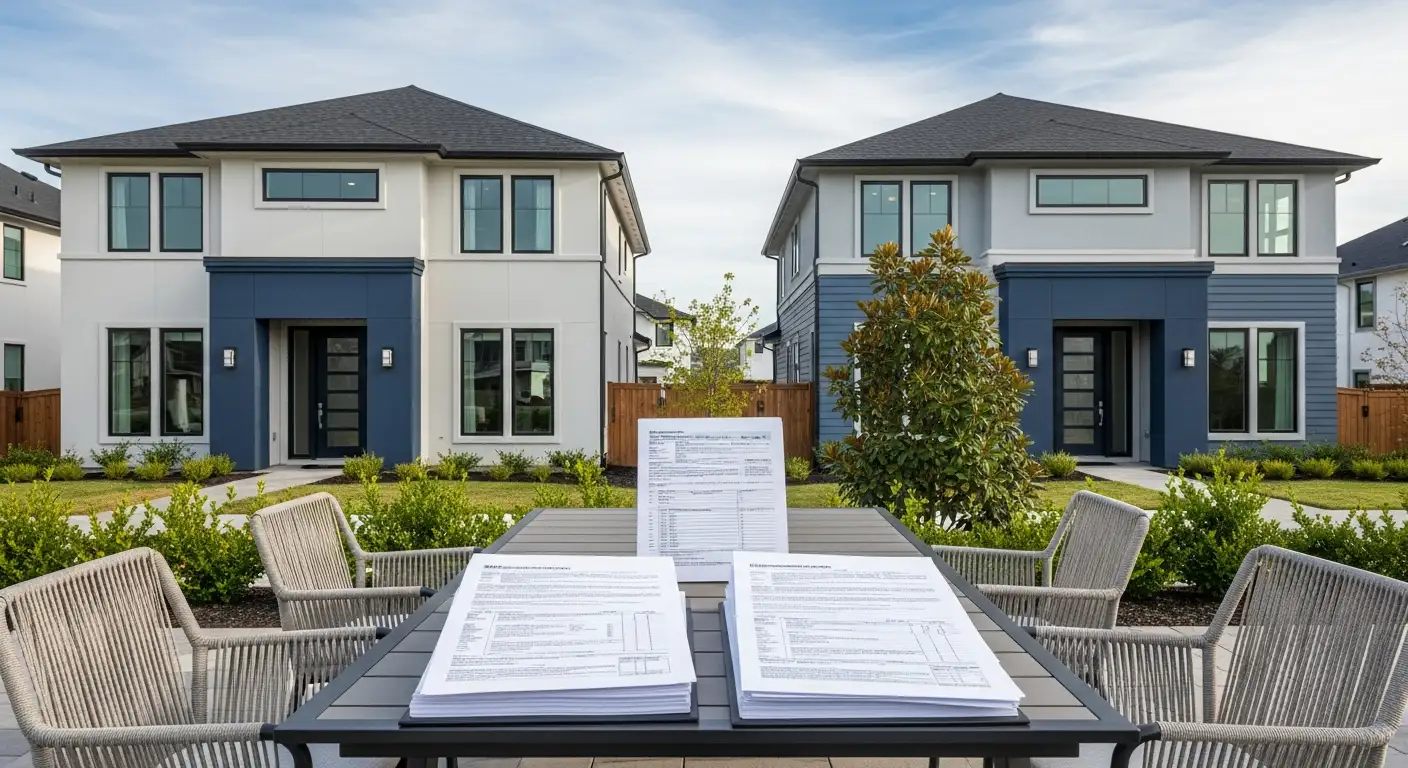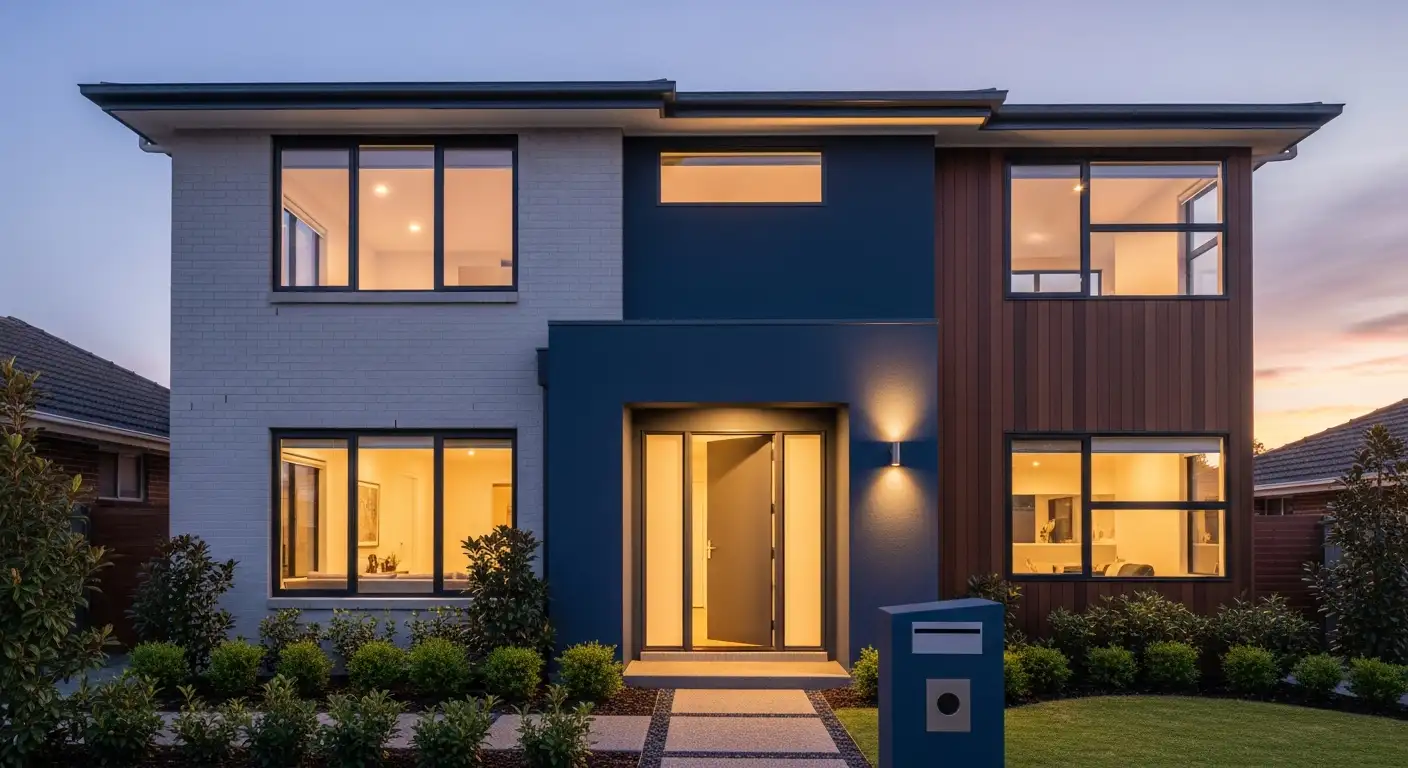Understanding Second Home Mortgages
Purchasing a second home is a unique financial endeavor that differs significantly from buying a primary residence or an investment property. Whether intended as a vacation retreat, seasonal residence, or a place for family gatherings, second homes require specific mortgage considerations, including stricter qualification criteria and varied financing options. This article explores the essential mortgage options and requirements prospective buyers should understand when financing a second home purchase.
Defining a Second Home and Its Unique Features
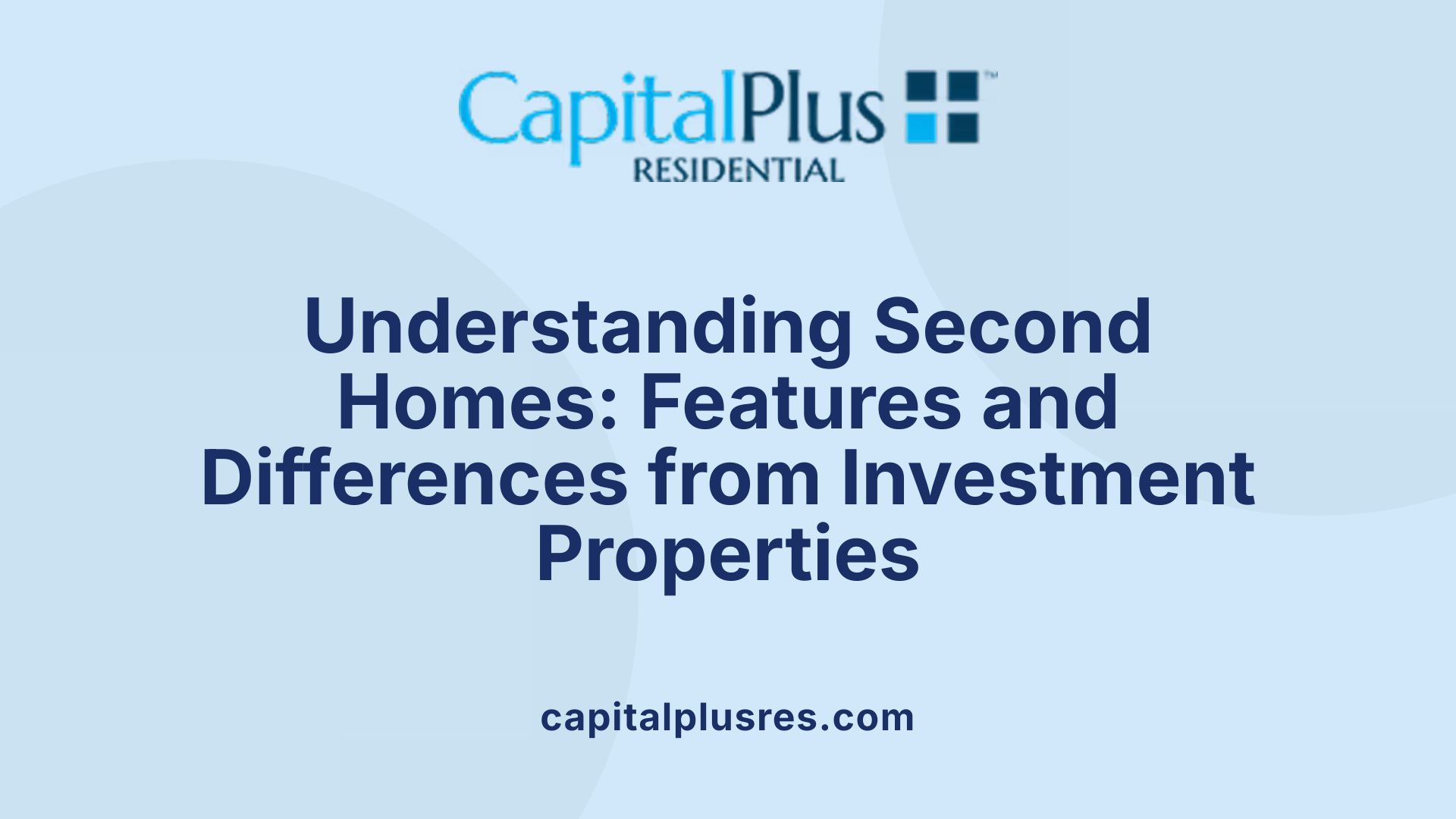
What is a Second Home?
A second home is a residential property owned in addition to the primary residence. It is typically used for vacations, seasonal stays, or personal enjoyment rather than full-time living. Unlike investment properties, second homes are intended primarily for the owner's personal use and typically occupied for part of the year.
How Do Second Homes Differ from Investment Properties?
While second homes serve predominantly personal use, investment properties are primarily purchased to generate rental income or for resale profit. Investment properties are generally rented out full-time, while second homes have restrictions on rental days (usually no more than 180 days annually). Moreover, investment properties often face stricter mortgage requirements, higher interest rates, and need specialized landlord insurance, unlike second homes.
What Are the Usage and Occupancy Requirements for Second Homes?
To qualify as a second home, the property must be a single-unit dwelling suitable for year-round living and occupied by the owner for part of the year. It should not be managed by a property management company or rented out full-time. Additionally, the owner must have full control over the property. The home must also be distinct and sufficiently distant from the primary residence to avoid classification issues.
These defining features ensure second homes offer flexibility for personal use while incorporating specific lending and tax considerations distinct from investment properties.
Key Mortgage Requirements for Second Home Financing

Down payment minimums for second homes
When financing a second home, lenders typically require a higher down payment compared to primary residences. The minimum is generally about 10%, but this can increase to 20% or more, especially for jumbo loans or borrowers with lower credit scores. This larger initial investment helps offset the increased risk lenders associate with second homes.
Credit score benchmarks
A credit score of at least 640 is usually required to qualify for a second home mortgage, though some lenders may require higher scores depending on the loan program. Higher credit scores can improve your chances of approval and potentially secure better interest rates.
Debt-to-income ratio limits and cash reserves
Lenders often look for a debt-to-income (DTI) ratio below 45%, with many preferring it to be at or below 43%. In addition to income evaluation, borrowers are typically required to have cash reserves equal to at least two months' mortgage payments to demonstrate financial stability.
Owner-occupancy and property eligibility criteria
To qualify as a second home, the property must be a single-unit dwelling suitable for year-round living. The borrower must occupy the home for part of the year, maintain full control of the property, and the home cannot be managed by a property management company or rented out full-time. The property should be physically distinct from the primary residence, ensuring it is truly a secondary dwelling.
Comparing Interest Rates and Terms: Second Home vs Primary Residence Loans

Typical Interest Rate Differences
Interest rates on second home mortgages are generally higher than those for primary residences. Borrowers can expect rates to be about 0.25% to 0.50% higher, reflecting the increased risk perceived by lenders. This difference may seem small but can significantly impact the total cost of the loan over time.
Loan Term Options Including Fixed and Adjustable Rates
Second home loans commonly offer similar term options as primary residence mortgages, including fixed-rate and adjustable-rate loans. Fixed-rate mortgages provide consistent monthly payments, which can help with budgeting, while adjustable-rate mortgages might offer lower initial rates but can fluctuate over time. Borrowers should weigh the stability of payments against potential rate changes.
Impact of Higher Rates on Overall Cost
The slightly elevated interest rates on second home loans lead to higher monthly payments and increased interest paid over the life of the loan. For example, a 0.50% increase in interest rate on a 30-year mortgage can add thousands of dollars in interest expense. Additionally, second home mortgages typically require larger down payments (often at least 10%), which means more upfront cash.
Borrowers should consider these factors when planning their budget and financing strategy. Although second home loans carry higher borrowing costs, they remain a viable option for those with strong credit, sufficient income, and a clear purpose for the property.
Conventional and Jumbo Loan Options for Second Homes
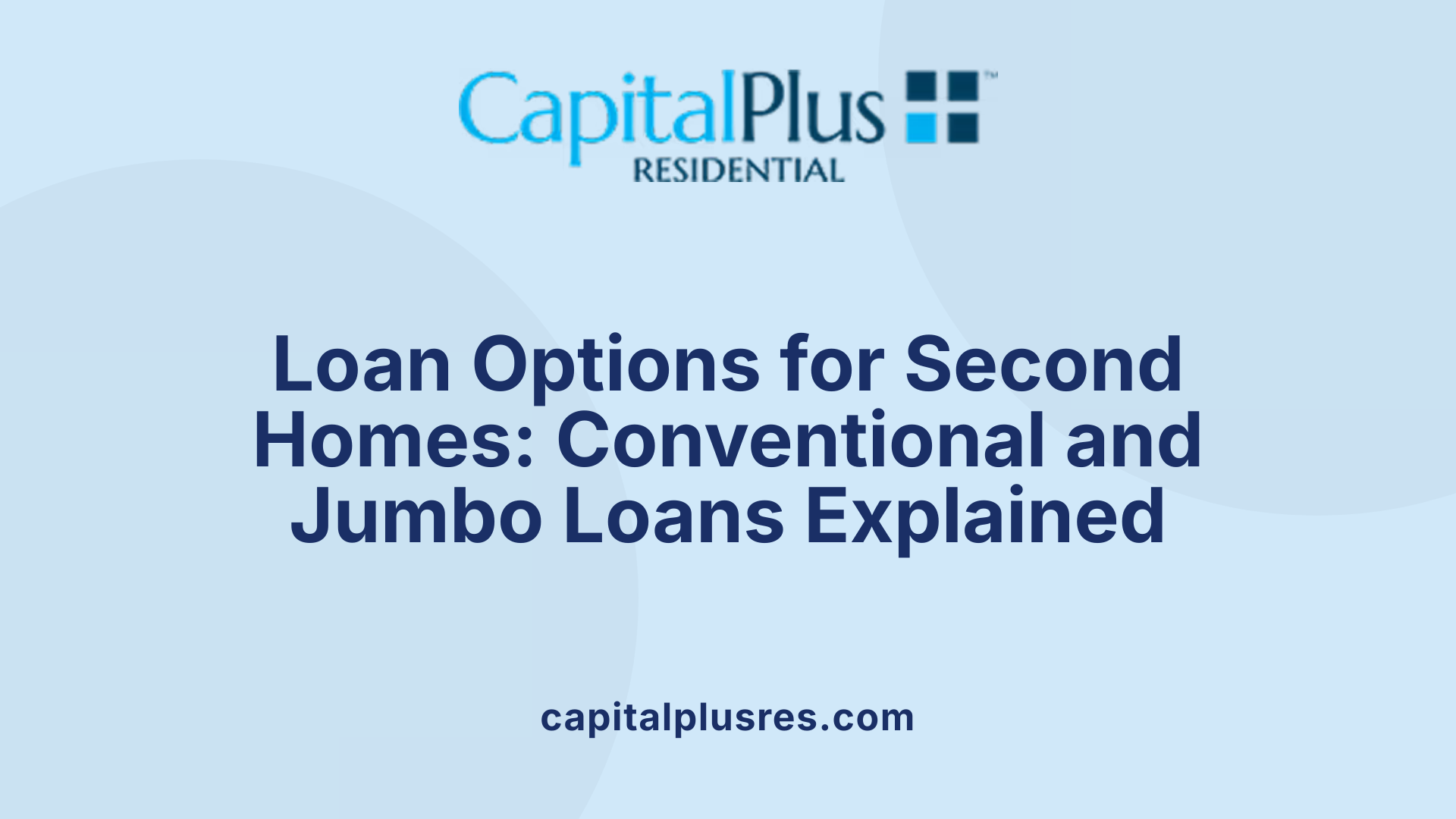
What Are Conventional Loan Characteristics and Down Payment Requirements?
Conventional loans are a popular option for financing second homes. These loans typically require a minimum down payment of about 10%, higher than the usual 5% for primary residences. Borrowers must have a credit score generally above 620, but many lenders prefer scores of 640 or higher for second home financing. These loans often come with slightly higher interest rates compared to primary home loans, usually 0.25% to 0.50% more, reflecting the increased risk lenders associate with second homes.
How Do Jumbo Loan Criteria and Borrowing Limits Differ?
Jumbo loans cater to buyers seeking to finance more expensive second homes that exceed Federal Housing Finance Agency (FHFA) lending limits. These loans require larger down payments, often 20% or more, and higher credit scores—typically above 700—to qualify. Jumbo loans enable borrowing amounts up to $3.5 million at certain lenders, making them ideal for luxury properties or high-cost real estate markets. Due to the higher loan amounts and risk, jumbo loans usually come with stricter underwriting standards and slightly elevated interest rates compared to conventional loans.
What Are the Credit Score and Income Considerations Specific to Each Loan Type?
Creditworthiness is crucial for both loan types but is particularly important for jumbo loans. While conventional loans may accept credit scores as low as 620, jumbo loans usually require scores above 700 to demonstrate strong financial standing. Additionally, lenders assess income stability and debt-to-income (DTI) ratios, with a typical maximum DTI of 43% to 45% allowed for second home loans. Jumbo loans often demand more extensive documentation of income and assets to ensure borrowers can manage higher monthly payments and associated costs.
| Loan Type | Typical Minimum Down Payment | Credit Score Requirement | Loan Amount Range | Interest Rates Compared to Primary Loans |
|---|---|---|---|---|
| Conventional | ~10% | 620-640+ | Up to FHFA limit (~$726,200) | Slightly higher (0.25%-0.50%) |
| Jumbo | 20%+ | 700+ | Above FHFA limit, up to $3.5 million | Higher than conventional |
Choosing between conventional and jumbo loans depends largely on the home price and your financial profile. Both require residents to meet stricter standards than primary home financing but offer viable routes to purchasing a second home tailored to different budget levels and property types.
Alternative Financing Solutions: Home Equity Loans, HELOCs, and Cash-Out Refinance

Using Home Equity Loans to Fund a Second Home
Home equity loans allow homeowners to borrow a lump sum against the equity built up in their primary residence. This option can be used to finance part or all of a second home purchase. Because the loan is secured by the primary home, interest rates tend to be lower than unsecured loans. However, borrowers should be aware that failure to repay could risk their primary residence.
Advantages and Limitations of HELOCs
Home Equity Lines of Credit (HELOCs) provide flexible borrowing options by acting like a credit line secured by the primary home’s equity. Borrowers can draw funds as needed for down payments, closing costs, or ongoing second home expenses. HELOCs usually have variable interest rates, which may increase over time, making budgeting less predictable. Their flexibility is ideal for incremental expenses but may not suit buyers wanting a one-time lump sum.
Cash-Out Refinancing as a Source of Funds
Cash-out refinancing replaces the current mortgage on the primary residence with a new, larger loan, providing access to a lump sum of cash. This sum can be used toward a second home purchase or renovations. Cash-out refinancing can consolidate mortgage payments and offer competitive interest rates, but it increases the primary loan balance and requires qualification based on credit and income.
When Alternative Financing Is Beneficial
Alternative financing solutions are particularly helpful for buyers with significant equity in their primary residence who want to avoid second home mortgage requirements like higher down payments or elevated interest rates. They can also be beneficial when liquidity is needed quickly or conventional second home loans are harder to qualify for due to credit or income constraints. However, these options also place the primary home at risk and require careful financial planning.
Additional Costs and Budgeting for Second Home Ownership
Closing Costs and Down Payment Considerations
When purchasing a second home, buyers should prepare for upfront financial commitments beyond the property's price. A typical down payment for a second home is at least 10%, often higher if the borrower's credit score is lower or debt levels are substantial. On top of this, closing costs generally range between 2% to 5% of the loan amount. Some lenders offer discounts on these fees for clients meeting specific criteria, such as maintaining a checking account or establishing direct deposits.
Ongoing Expenses: Property Taxes, Insurance, HOA Fees, Maintenance
Owning a second home involves recurring costs that must be carefully accounted for. Property taxes often run higher than those on primary residences, and homeowners insurance premiums may also be elevated because of less frequent occupancy and increased risk. Additionally, if the property is part of a homeowners association (HOA), monthly or annual fees are required. Maintenance and repairs are inevitable and should be budgeted for regularly, especially since the property is occupied seasonally and may face periods of neglect, which can accelerate wear and tear.
How to Factor in Extra Financial Obligations
To realistically plan for second home ownership, buyers should incorporate all associated costs into their budgets. This includes mortgage payments with potentially higher interest rates, property-related taxes and fees, utilities, insurance, HOA dues, and maintenance expenses. Financial advisors recommend maintaining at least two months of cash reserves to cover these obligations, ensuring the homeowner can manage unexpected repairs or vacancies. Proper foresight helps safeguard against financial strain and supports long-term sustainability of owning a vacation or seasonal property.
Tax Implications and Potential Benefits of Second Home Ownership
Mortgage Interest and Property Tax Deductions
Owning a second home can offer certain tax advantages similar to those enjoyed with primary residences. Mortgage interest paid on a second home loan may be deductible under IRS rules, provided the home is used for personal purposes rather than as a rental property. Additionally, property taxes paid on the second home are generally deductible, helping to offset some ownership costs.
IRS Rules for Second Home Deductions
To qualify for tax deductions, the IRS requires that the second home be used by the owner for part of the year and not rented out for more than 14 days annually. If the home is rented longer than this, different rules apply. The property must also meet criteria regarding ownership and occupancy for the mortgage interest deduction to apply. It's important for homeowners to keep detailed records of usage to ensure compliance with IRS regulations.
Financial Benefits Including Appreciation and Rental Potential
Beyond tax deductions, second homes hold financial benefits. They can appreciate in value over time, potentially leading to long-term gains. Some owners may rent out the property on a limited basis, such as vacation rentals, which can generate additional income while maintaining primary use for personal enjoyment. This combination of benefits makes second home ownership attractive for those seeking both lifestyle and investment advantages.
Qualification Challenges and How Lenders Assess Risk
Stricter Down Payments and Credit Standards
Second home mortgages generally require larger down payments than primary residence loans, typically at least 10%. For some loans like jumbo loans, this can be 20% or more. Additionally, credit score requirements are stricter, with a minimum often around 640 but sometimes higher depending on loan specifics and borrower risk.
Debt-to-Income Ratio Requirements
Lenders closely scrutinize debt-to-income (DTI) ratios, commonly requiring it to be below 43% to 45%. This ensures borrowers can manage payments on both their primary and second home mortgages without undue financial strain.
Evaluating Property Use and Occupancy
To qualify as a second home, the property must be owner-occupied for a portion of the year, not rented full-time, and personally controlled by the borrower. Properties not meeting these criteria may fall into investment property classification, which has tougher lending terms.
Private Mortgage Insurance and Loan Approval Nuances
For loans with down payments below 20%, private mortgage insurance (PMI) is often required, increasing borrowing costs. Loan approval also depends on creditworthiness, property location, and loan program conditions, making second home financing more selective than primary home lending.
The Second Home Purchase Process: Step-by-Step Financing Overview
Pre-approval Importance
Before starting the search for a second home, getting pre-approved for a mortgage is a crucial first step. Pre-approval helps define your budget based on your credit score, income, assets, and debt-to-income ratio (usually capped at around 43-45%). It validates your financial ability to afford the property and streamlines the buying process by demonstrating seriousness to sellers.
Property Search and Selection
With pre-approval secured, the next phase is locating the ideal property. A second home is usually a single-unit dwelling intended for part-time personal use, such as vacations or seasonal stays. It must be habitable year-round and occupied by the owner for part of the year, not rented out full-time. Defining your goals, desired location, and property features will guide your search.
Making Offers and Inspections
Once you find a property that fits your criteria, you submit an offer to the seller. Upon acceptance, inspections and appraisals are conducted to assess the home's condition and value. This due diligence is essential to uncover any repairs or issues and to satisfy lender requirements.
Finalizing Mortgage and Closing the Purchase
After inspections and the appraisal clear, you work with your lender to finalize the mortgage. Second home loans usually require a higher down payment (typically at least 10%) and slightly higher interest rates than primary residence loans. You will also need to budget for closing costs, property taxes, insurance, and potential homeowners association fees. Once the mortgage is approved and paperwork is complete, you proceed to closing, officially purchasing your second home.
Throughout this process, additional financing options like cash-out refinancing or home equity loans from your primary residence may supplement or replace traditional second home mortgages depending on your financial situation.
Making Informed Mortgage Decisions for Your Second Home
Securing a mortgage for a second home requires careful consideration of stricter lending standards, higher costs, and variable financing options compared to primary residence loans. Understanding the distinctions between conventional, jumbo, and alternative loans—such as home equity lines or cash-out refinances—empowers buyers to choose the best fit for their financial situation and goals. Thoughtful budgeting for upfront and ongoing expenses, along with awareness of tax implications and lender requirements, will further ensure a successful and satisfying second home purchase.
References
Latest Blog


Get Pre-Approved Today
Start your secure online application now so you can get pre-approved for a mortgage (and close on your dream home) quickly within 5 minutes.

